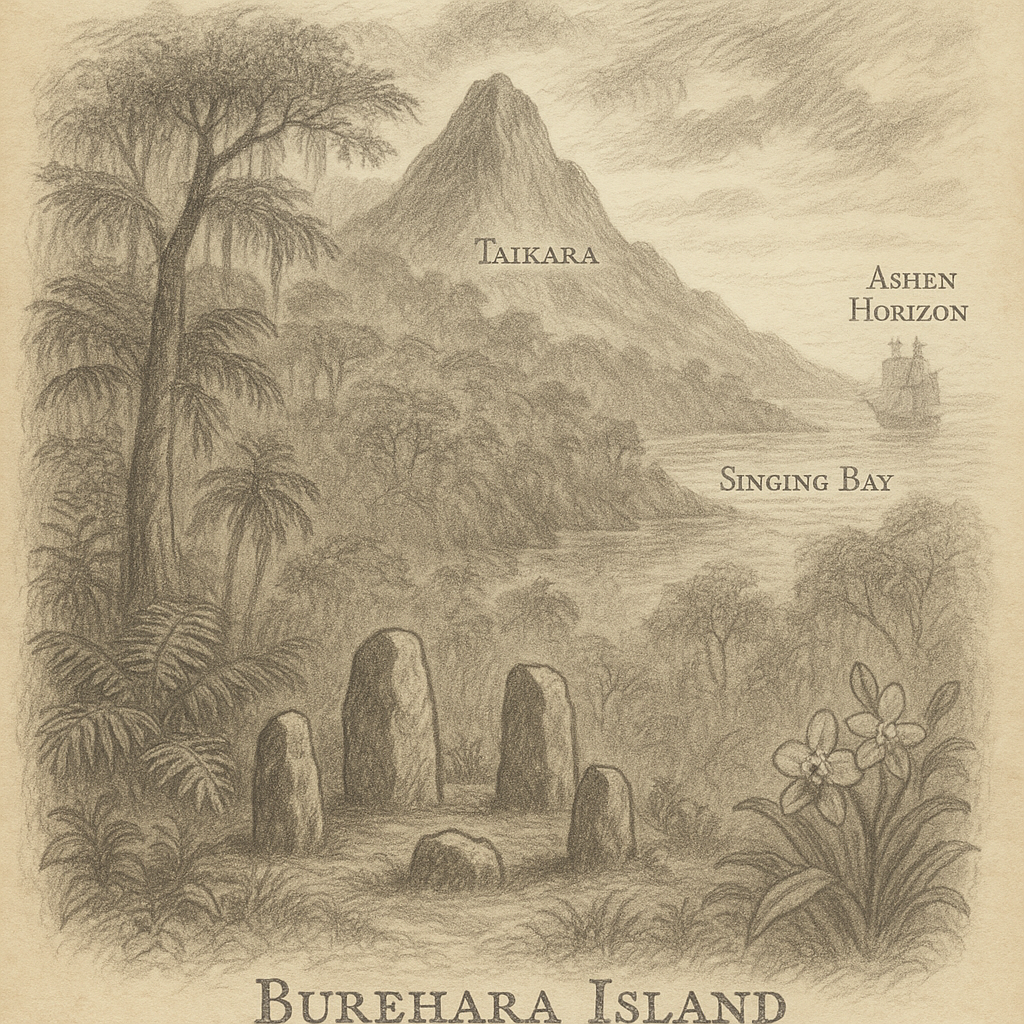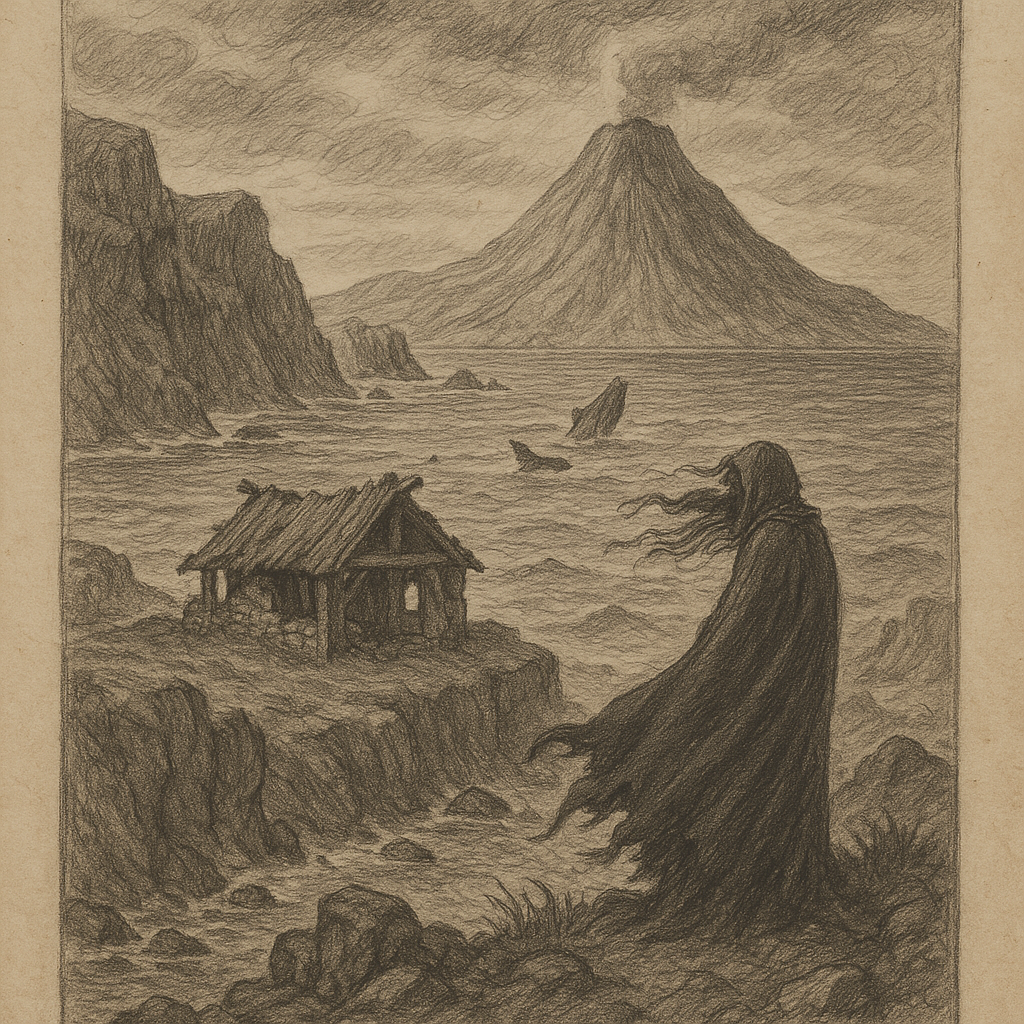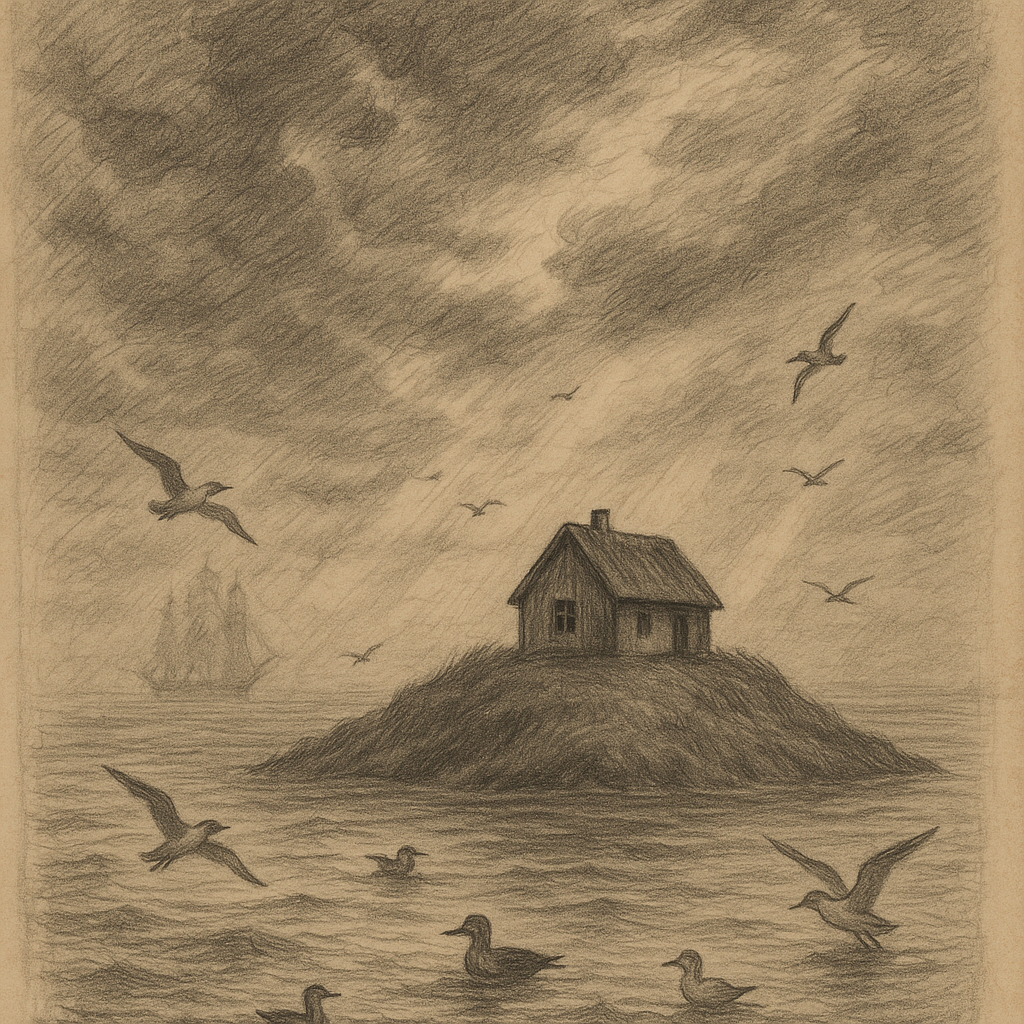Discovering Burehara Island: A Hidden Jewel in the Ocean
Burehara Island is a secluded and enigmatic landmass located in the heart of the South Pacific Ocean. Shrouded in mystery and largely untouched by modern civilization, this remote island symbolises isolation, natural splendor, and the resilience of indigenous ecosystems. It has long captured the imagination of adventurers, scientists, and storytellers alike, offering an unmatched blend of geographical intrigue, biological richness, and cultural heritage.
Location and Geography
Burehara Island lies roughly 1,200 kilometers east of Papua New Guinea, positioned within a rarely traversed region of the Coral Sea. It remains far off conventional maritime routes and is surrounded by a vast expanse of ocean, contributing to its accessibility challenges. Geologically, Burehara is part of a small volcanic arc formed over millions of years due to subduction-related activity in the Southwest Pacific tectonic zone. The island itself spans an area of approximately 24.5 km² and features a diverse topography that ranges from jagged sea cliffs and rolling hills to dense rainforests and black-sand beaches.
The island’s volcanic origins are evident in both its rugged terrain and the dormant volcanic cone that forms its centerpiece—Mount Taikara, which stands majestically at 611 meters above sea level. Small freshwater rivers fed by underground springs form the island’s main waterways, and its elevation allows for a variety of microclimates to exist across short distances.
Climate and Environment
Burehara enjoys a tropical climate with moderate rainfall and relatively stable temperatures throughout the year. Average annual rainfall sits at approximately 1,800 mm, most of which falls during the wet season between November and April. This consistent humidity supports a broad spectrum of vegetation, from coastal mangroves and pandanus groves to pervasive highland ferns and flowering trees.
Its prolonged isolation from major landmasses has given rise to numerous endemic specimens unique to Burehara. The island is a haven for ecological study, especially focusing on its birdlife—featuring species found nowhere else on Earth, like the Burehara Twilight Heron and the elusive Flame-Crested Pigeon. The surrounding coral reefs, largely unexplored, teem with marine life such as silver-tip sharks, rare cephalopods, and endangered green sea turtles.
Human Habitation and Access
Despite legends suggesting ancient settlements, there are no confirmed permanent residents on Burehara Island today. Occasional scientific expeditions and conservation missions are the only sources of human contact, and even these are subject to strict environmental permitting by regional conservation authorities. Efforts have been made to protect the island from human-induced damage, such as the introduction of invasive species or uncontrolled tourism.
Access to Burehara Island is tightly regulated. Travel is possible only via specially chartered sea vessels, and conditions around the island can turn treacherous quickly due to storms and unpredictable currents. Still, for those lucky enough to land on its shores, the reward is a pristine environment of surreal beauty and undisturbed biodiversity.
Unique Features and Fascinating Facts
Burehara Island is dotted with natural marvels that intrigue visitors and researchers alike. One such marvel is the Singing Bay—a crescent-shaped cove on the eastern side of the island where wind and wave patterns produce a haunting, harmonic hum, audible primarily during the early dawn hours.
Another point of interest is the Cloud Forest located near the summit of Mount Taikara. Present only during the rainy season, this high-altitude biome is perpetually shrouded in mist and harbors moss-covered trees, rare orchids, and the glow beetle—a bioluminescent insect thought extinct until it was rediscovered in 2016.
Also of note are the ancient stone circles that line the northern coast. Their purpose is unknown, but they have bewildered archaeologists due to their geometric precision and alignment with certain celestial events, suggesting that early visitors—or perhaps inhabitants—of the island possessed advanced astronomical knowledge.
Legends and Folklore
Local folklore from nearby archipelagos refer to Burehara as “The Dreaming Island” or “Te’vana Ura,” meaning “Island of Light.” According to oral traditions passed down among navigators and storytellers, Burehara was once the home of the Sky Seers—a tribe of people described as having the gift of foresight and the ability to control weather patterns.
A well-known legend speaks of the Spirit Lagoon, a small inland lake said to trap the voices of those who dared to enter with evil intentions. It is said that during full moons, whispers can be heard echoing from its black, mirror-still waters, telling tales of ancient sorrows and shipwrecks.
Another tale describes a ghost ship called “The Ashen Horizon” which supposedly appears every seven years off the southern cape of Burehara, only to vanish by dawn. Sailors have long avoided the surrounding waters out of fear of becoming the next chapter in the island’s eerie legends.
These narratives, though unverifiable, contribute to Burehara’s mystique and cultural depth, reinforcing its ability to enchant and unnerve.
Conservation and the Future of Burehara
Due to its extraordinary ecological and geological significance, international interest in Burehara Island’s preservation has grown in recent years. Efforts are now underway to classify it as a World Heritage Site and establish a permanent research station managed by a consortium of universities and environmental organizations.
Conservation initiatives have so far been successful in keeping Burehara free from invasive mammals like rats and feral cats that have ravaged other remote ecosystems. Strict guidelines now govern all scientific activity on the island, and drone surveillance helps monitor environmental changes without disturbing fragile habitats.
Conclusion
Burehara Island stands as a rare testament to isolation’s potential to shape environments, species, and myths in parallel. Its untouched nature, shrouded legends, and scientific importance render it more than just a remote landmass—it is a living museum of Earth’s work in progress. Whether through its unique wildlife, its ghost stories, or its breathtaking vistas, Burehara continues to captivate those who dare dream of truly untouched frontiers.



